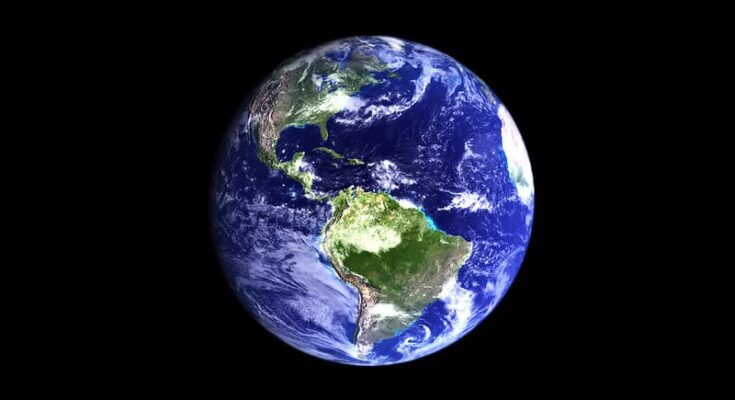Long ago, Earth was empty and lifeless. But then, something changed. Somehow, from the simple chemicals on our young planet, life began. Tiny creatures began moving, eating, and reproducing.
Scientists have always wondered what this first life was and when it began. These questions have puzzled people for a long time.
Now, a new study has found some answers. Life began much earlier than previously thought.
Researchers studied the genes of living creatures today. They discovered that the last universal common ancestor (LUCA), the first life form that led to all other life on Earth, appeared around 4.2 billion years ago.
Life appeared on Earth when it was still a “newborn”
Earth formed about 4.5 billion years ago. Surprisingly, life did not appear long after. In fact, the planet was still quite young.
“We did not expect LUCA to be so old, within just hundreds of millions of years of Earth formation,” says evolutionary biologist Sandra Álvarez-Carretero of the University of Bristol in the UK. “However, our results fit with modern views on the habitability of early Earth.”
In its early days, Earth was vastly different from today. The atmosphere was filled with gases that would be deadly to us now. Oxygen, essential for most life today, only became abundant much later in Earth’s history at around 3 billion years ago.
Life indeed began earlier than previously thought, with microbial fossils dating back to 3.48 billion years ago. Scientists believe Earth’s conditions could have supported life as early as 4.3 billion years ago.
However, finding evidence of life from such a distant time is incredibly challenging due to erosion, geological changes, and organic processes on our planet.
Use of “molecular clock” method to estimate origin of life
Led by phylogeneticist Edmund Moody from the University of Bristol, a team of scientists looked for clues in the genomes of living organisms and the fossil record.
Their study used a method called a molecular clock. This technique estimates how quickly mutations happen. By counting these mutations, scientists can tell how much time has passed since different organisms evolved from a common ancestor.
All living things, from tiny microbes to large fungi, share certain traits. They have a universal genetic code and make proteins in the same way.
Moody and his team studied the similarities and differences in organisms to figure out when LUCA’s descendants began to branch out. Using advanced evolutionary models, they learned more about LUCA’s characteristics and survival under early Earth’s harsh conditions.
They found that LUCA was likely similar to a prokaryote, a single-celled organism without a nucleus. It didn’t need oxygen, as there was very little on early Earth. Instead, it probably produced acetate, which is important in energy production, through its metabolic processes.
“What is really interesting is that it’s clear it possessed an early immune system, showing that even by 4.2 billion years ago, our ancestor was engaging in an arms race with viruses,” said phylogenomicist Davide Pisani of the University of Bristol.



